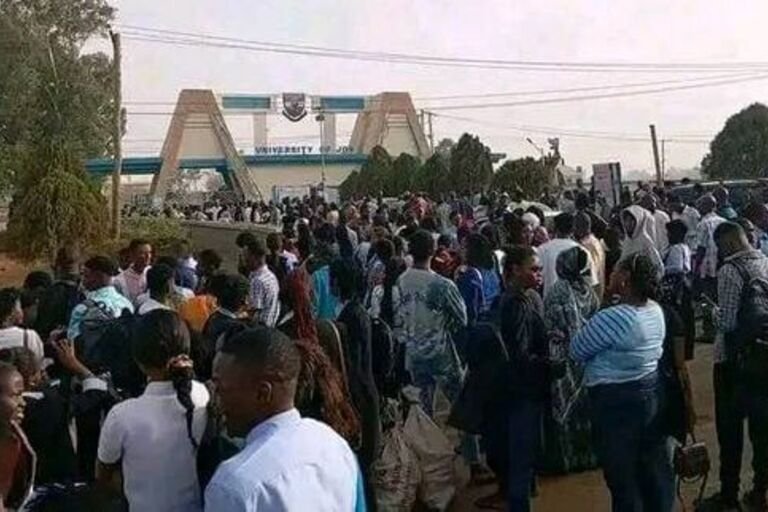Canada has announced plans to introduce a national cap to reduce the number of overseas students admitted to the country.
During an appearance with CTV’s Question Period on Sunday, the country’s immigration minister, Marc Miller, stated that the Canadian government will need to have with provincial governments “to make sure that the provinces that have not been doing their jobs actually rein in those numbers on a pure volume basis.”
“That volume is disconcerting,” Miller said, in reference to the number of international students in Canada. “It’s really a system that has gotten out of control.”
Under the current requirement, which has been in place since the early 2000s, study permit applicants need to show they have $10,000 saved to cover their tuition and the cost of living in Canada.
However, Miller said the financial requirement hasn’t kept up with the cost of living over time, resulting in students arriving in Canada only to learn that their funds aren’t adequate.
Speaking on the new development, Miller said, “The Canadian government has faced criticism for welcoming an increasing number of immigrants—both permanent and temporary residents—while the country faces an acute housing shortage.”
Meanwhile, fresh reporting by The Canadian Press, citing internal papers obtained through an access to information request, reveals that civil officials cautioned the government two years ago that its aggressive immigration plans could jeopardize housing affordability.
The Liberals have set targets for bringing in 485,000 immigrants this year and 500,000 in 2025 and 2026.
Temporary residents, primarily international students and migrant workers, are also a factor, with over 300,000 arriving in Canada in just the third quarter of 2018.
Miller stated that he will consider limiting the number of international students in the first and second quarters of this year to help minimize housing demand.
When asked why his government is only considering a cap now, despite the fact that the idea has been floated for months, Miller stated that there is a need to sort out numbers on a federal level before looking with “a little more granularity” at what individual academic institutions are doing in different provinces, potentially profiting from bringing more international students.
“We need to be doing our jobs and making sure that we have a system that actually makes sure people have the financial capability to come to Canada and that we’re actually verifying offer letters,” Miller said.
“And now it’s time for us to have a conversation about volumes and the impact that that is having in certain areas.”
Miller explained that a cap on international students would not be a “one-size-fits-all solution” to Canada’s housing difficulties.
When questioned further on the fact that the number of international students coming to Canada greatly outstrips the number of homes the federal government has declared it intends to assist in developing, Miller also stated that housing is simply one factor in determining immigration targets. “The pressing need to bring down the average age of the workforce also needs to be taken into consideration,” he went on to say.
Despite refusing to give specifics, Miller said a cap on international students is something the federal government is considering “and will continue to consider.”
“We have a sense of what those numbers would look like and what the reduction of those numbers would look like; out of courtesy to my colleagues in the provinces, those are discussions that we’re first going to have around the negotiating table,” he said, adding that the financial needs of academic institutions are also a factor.










